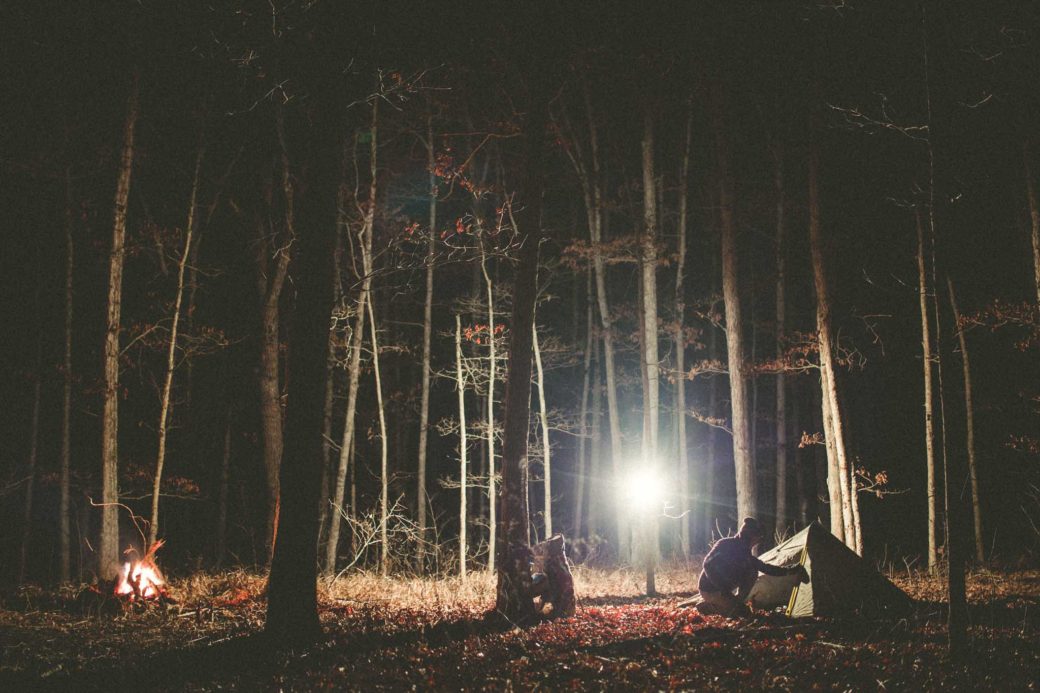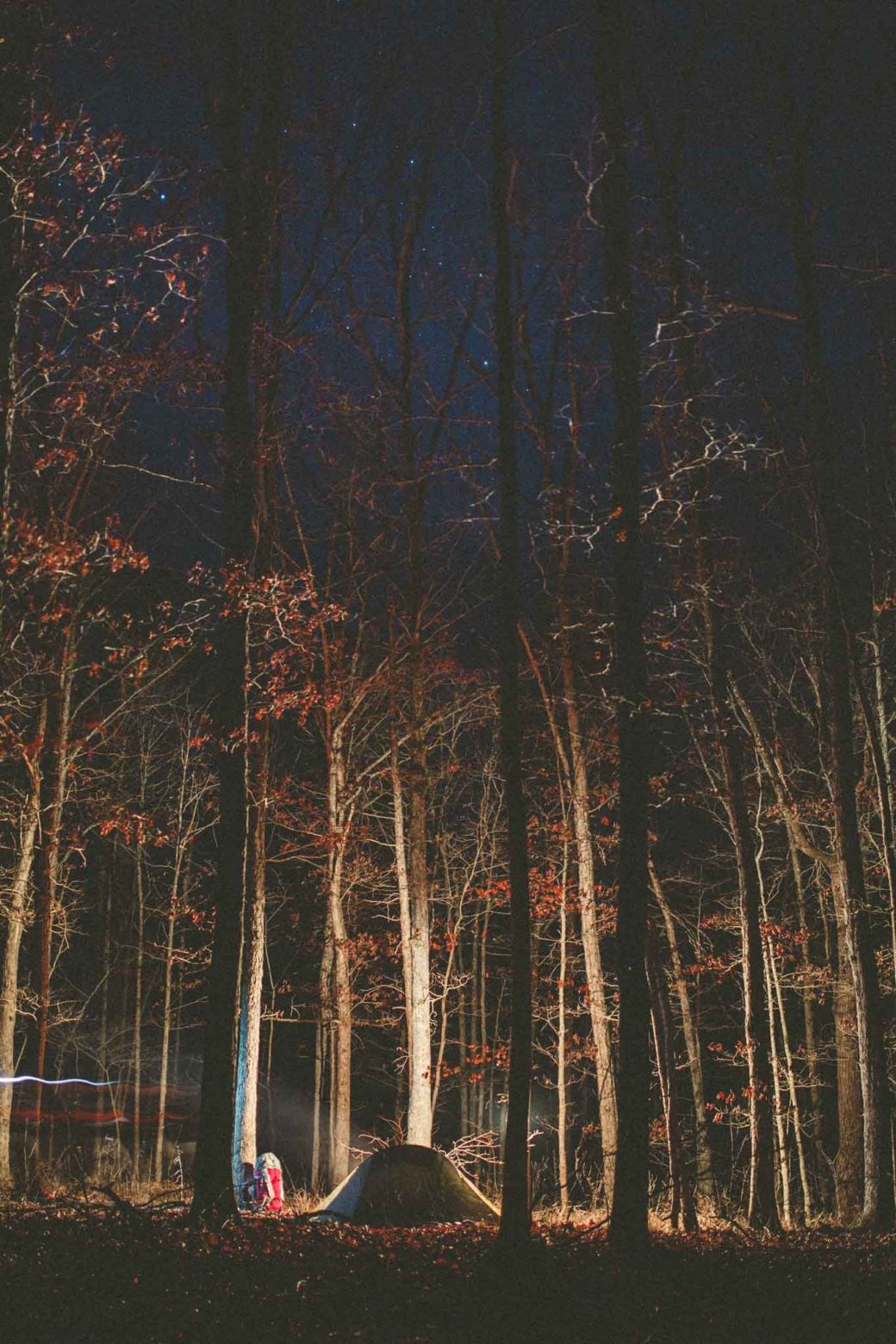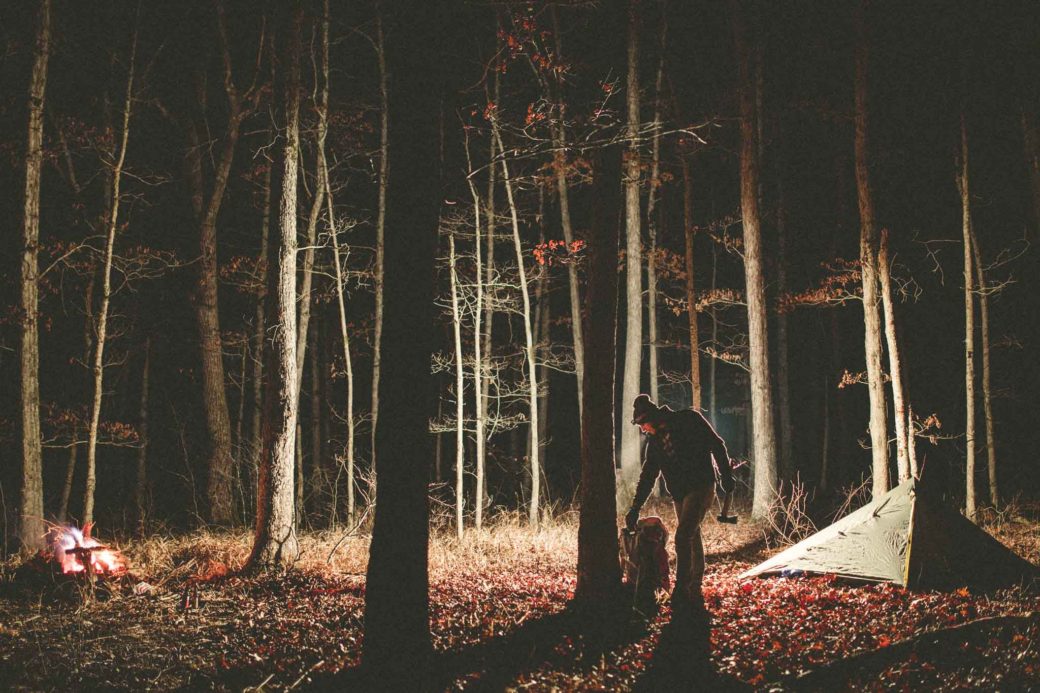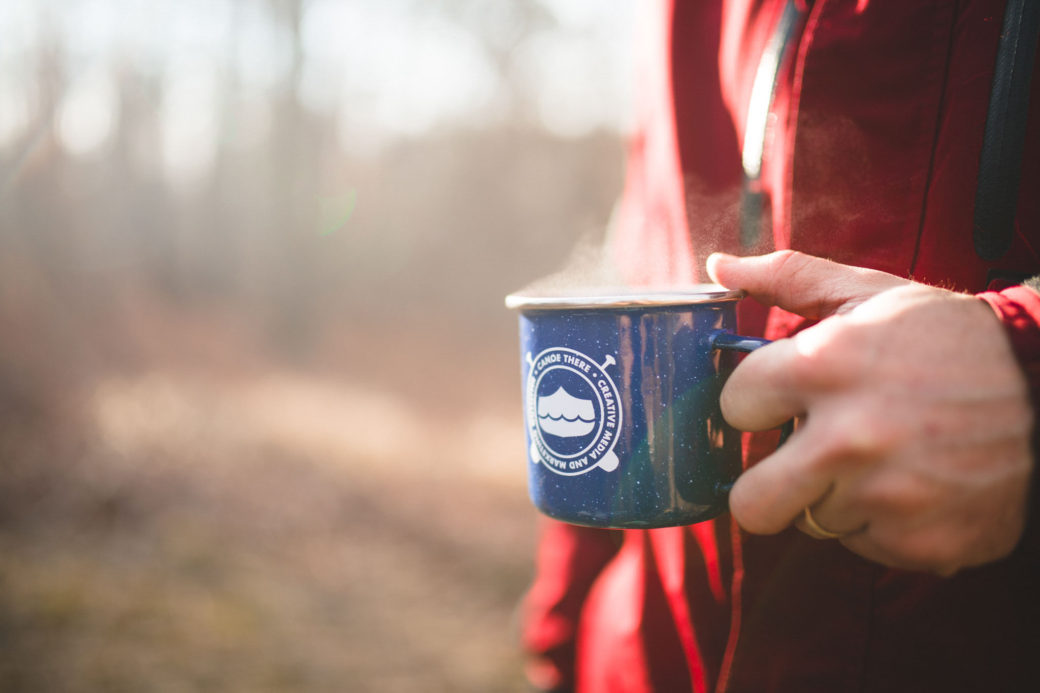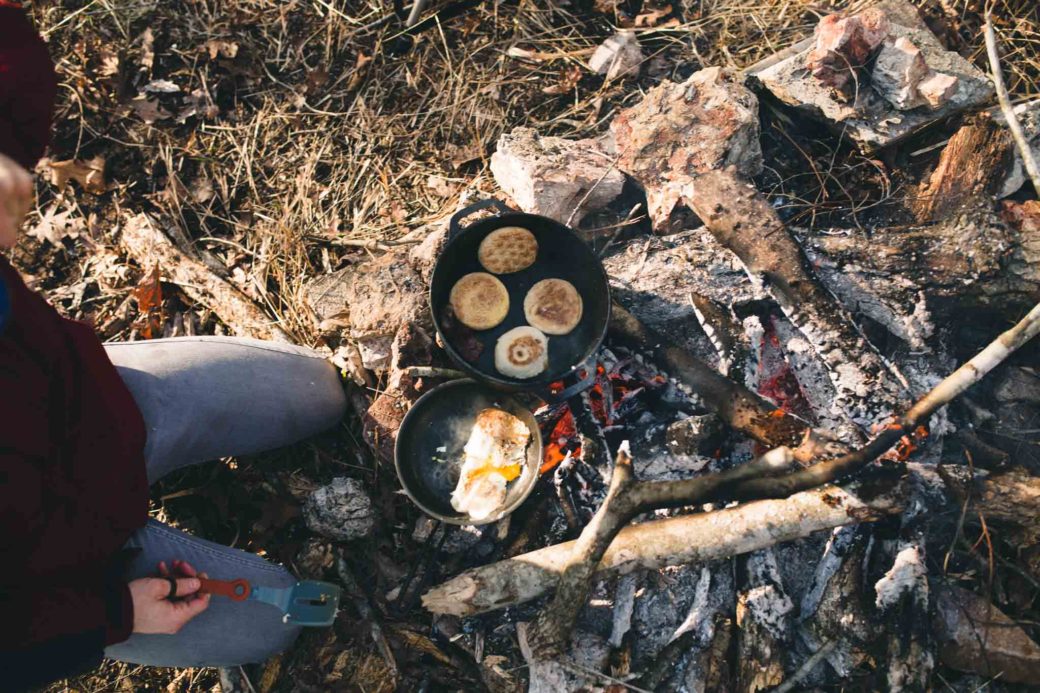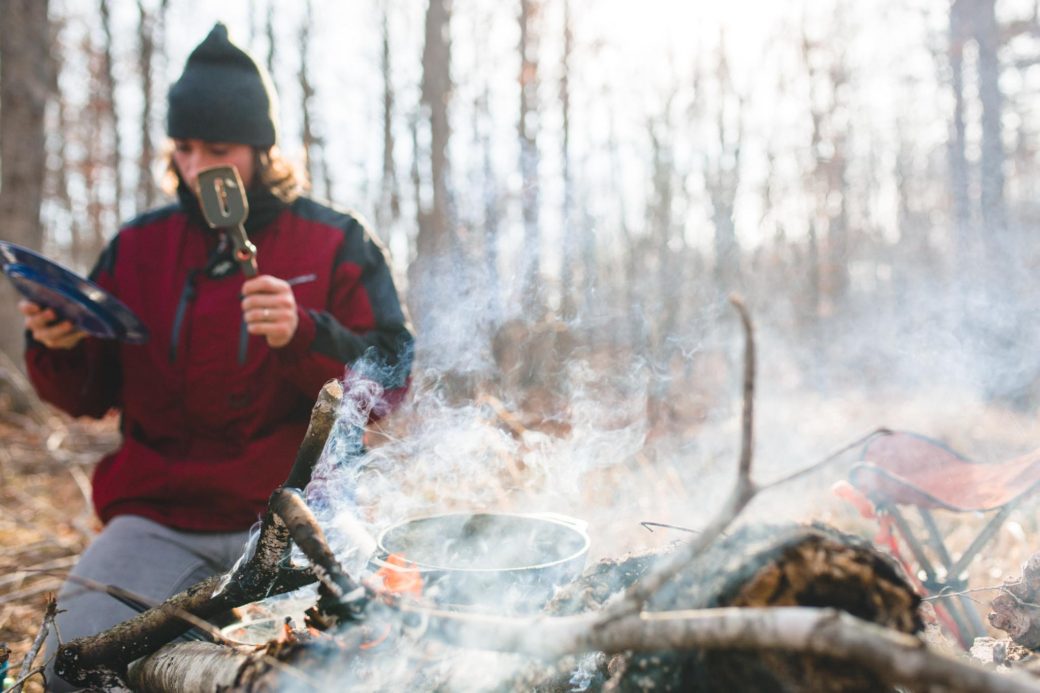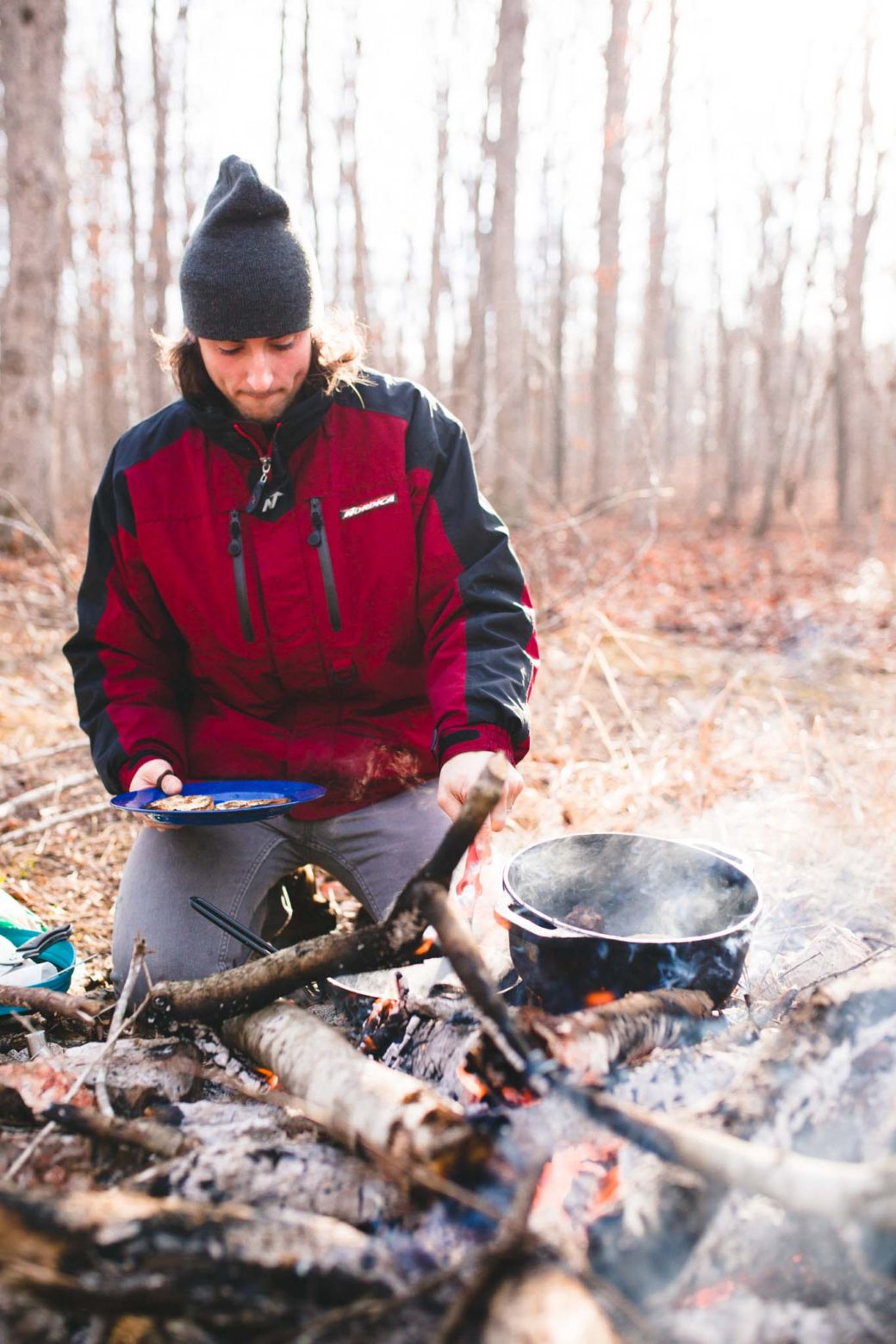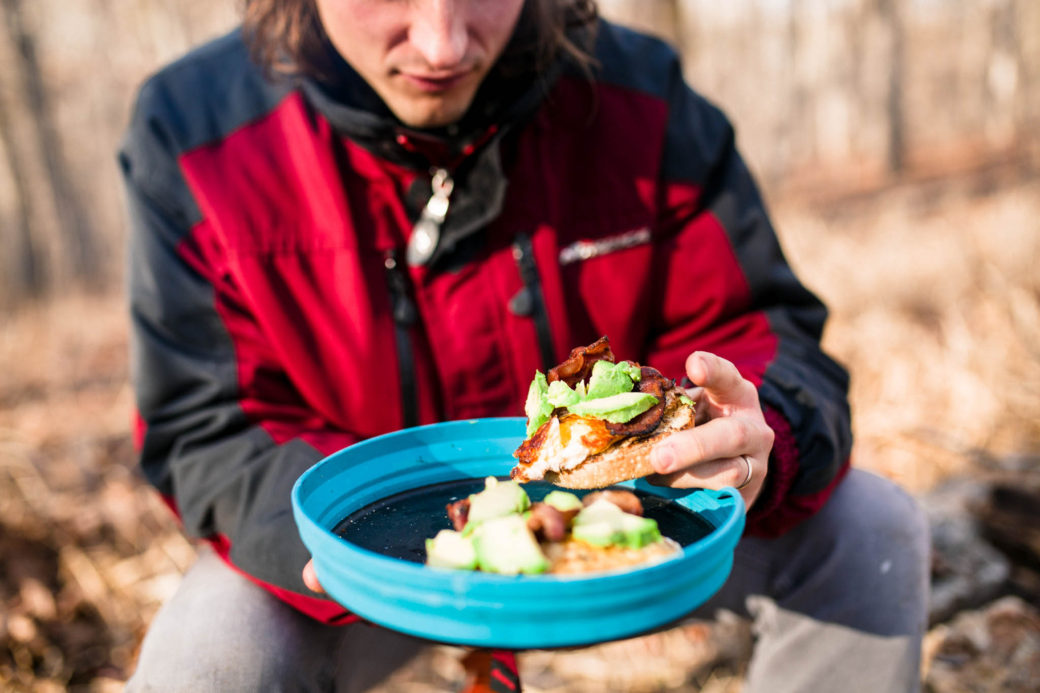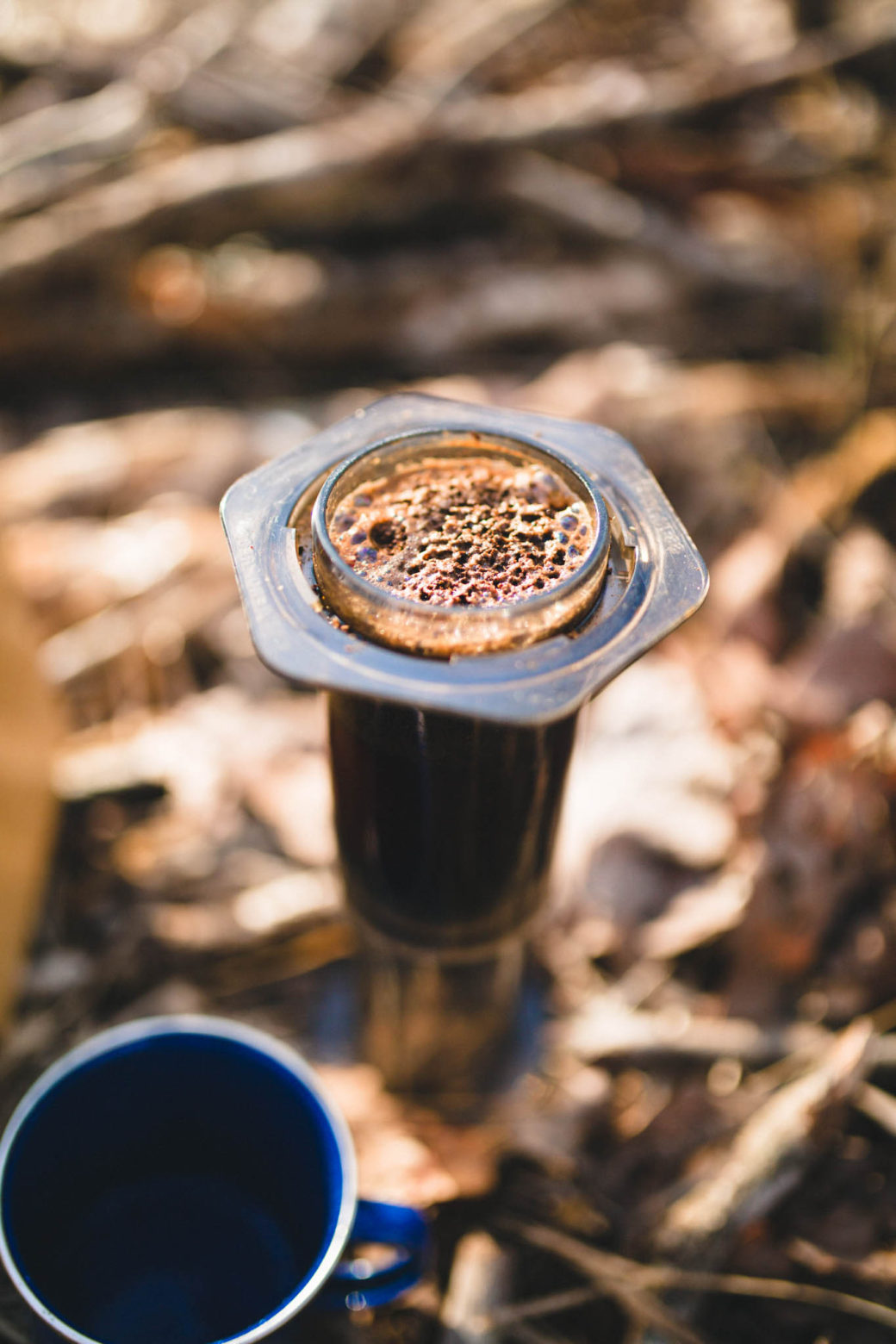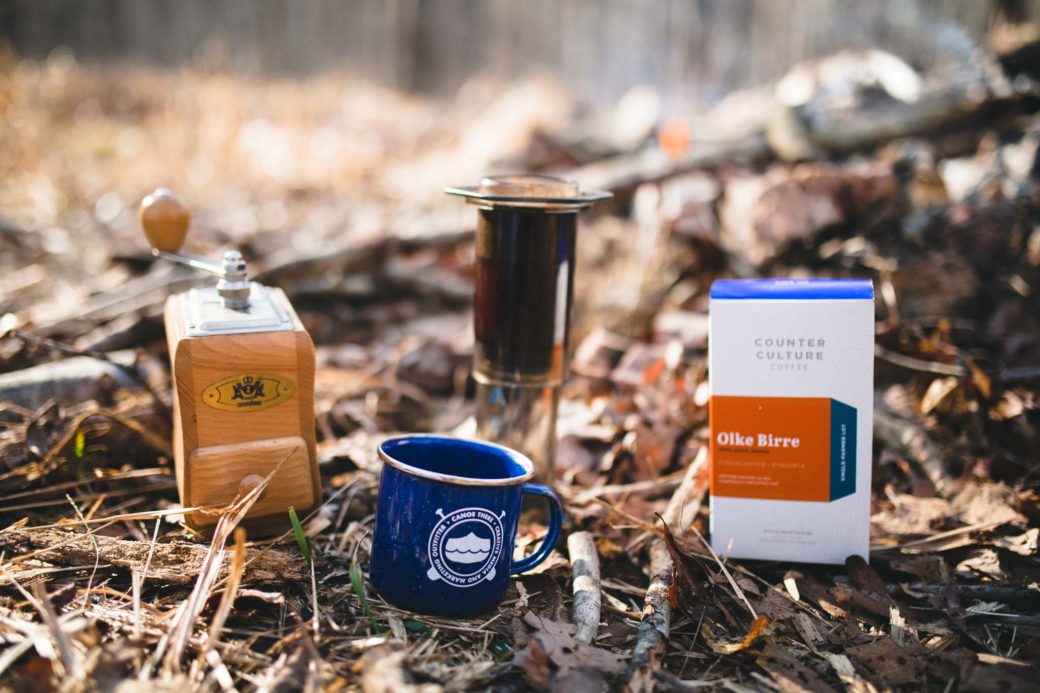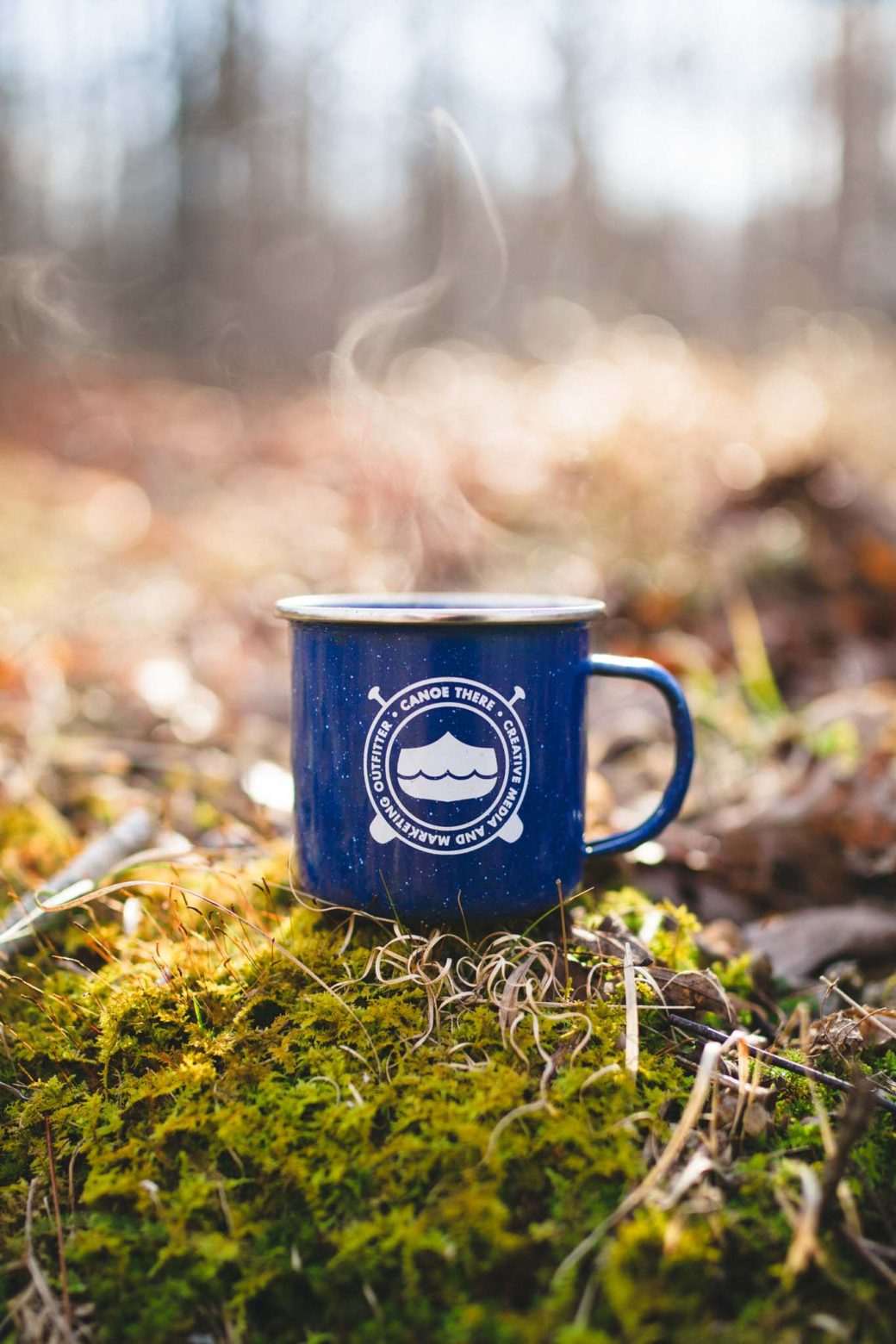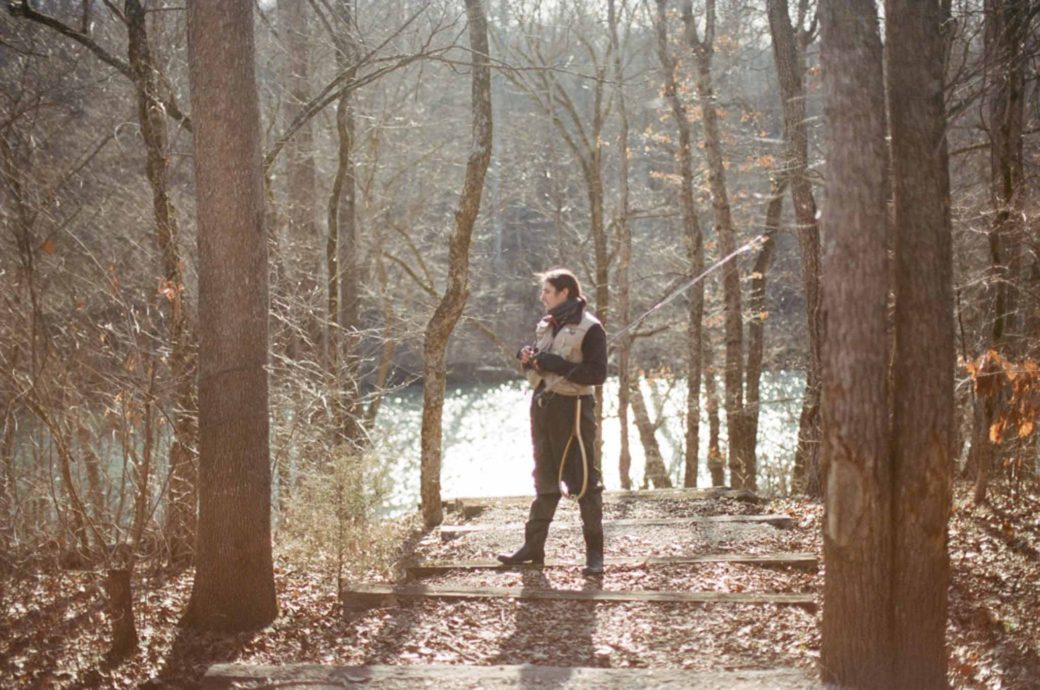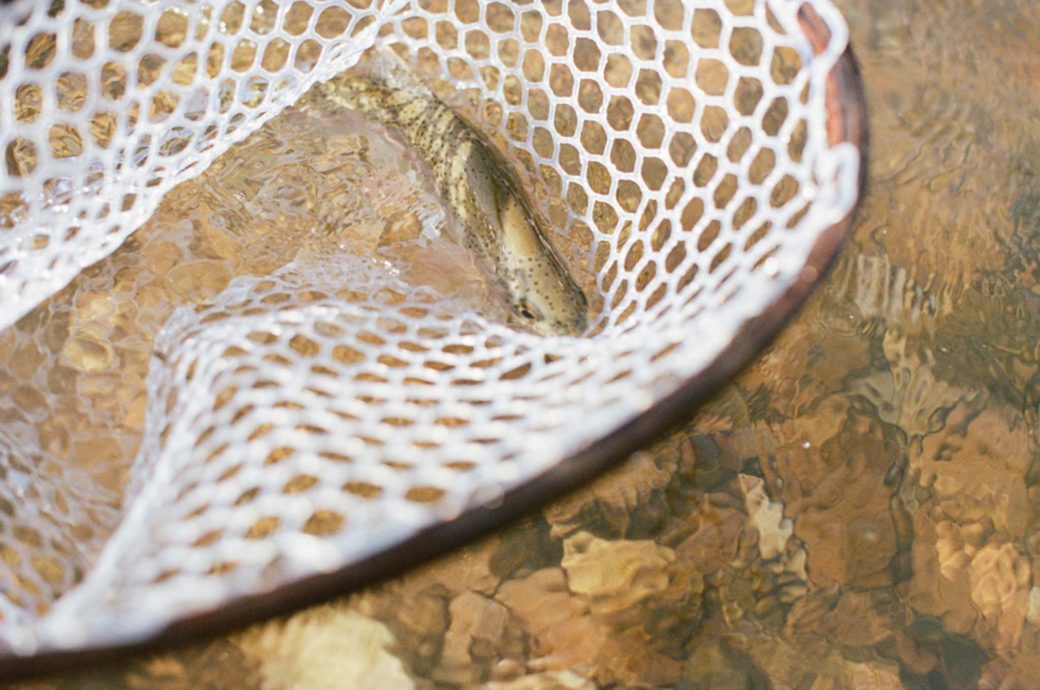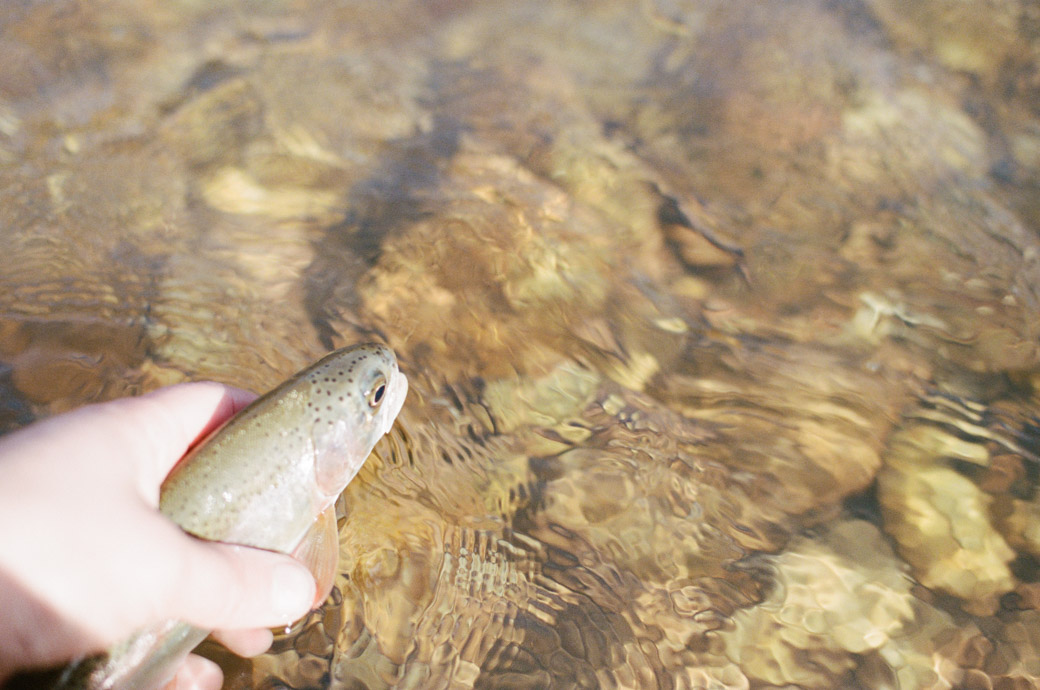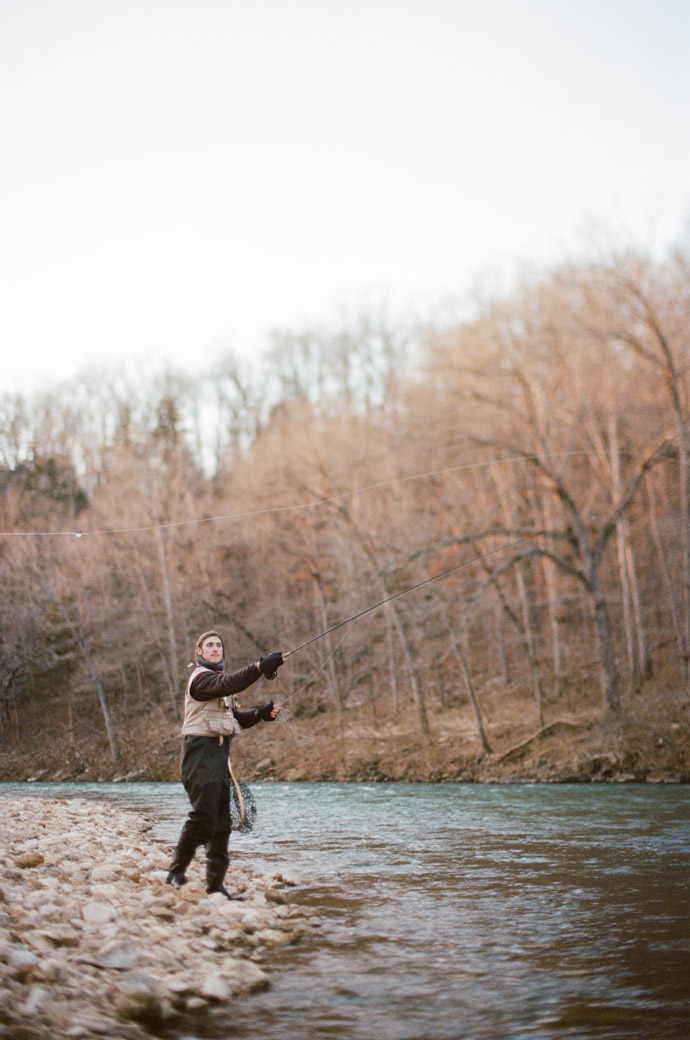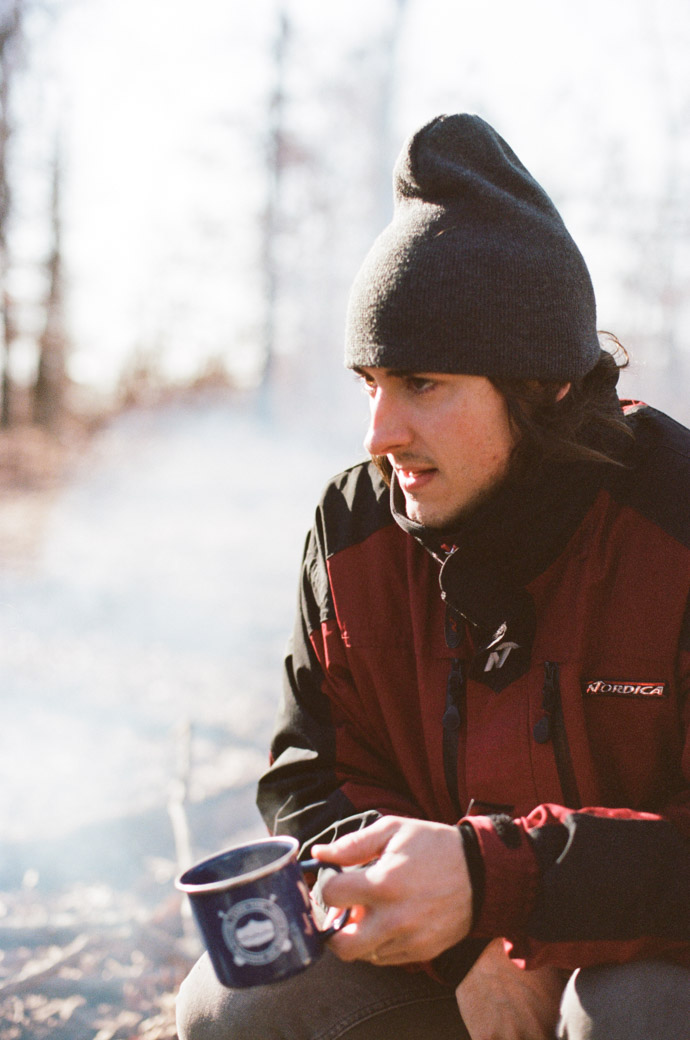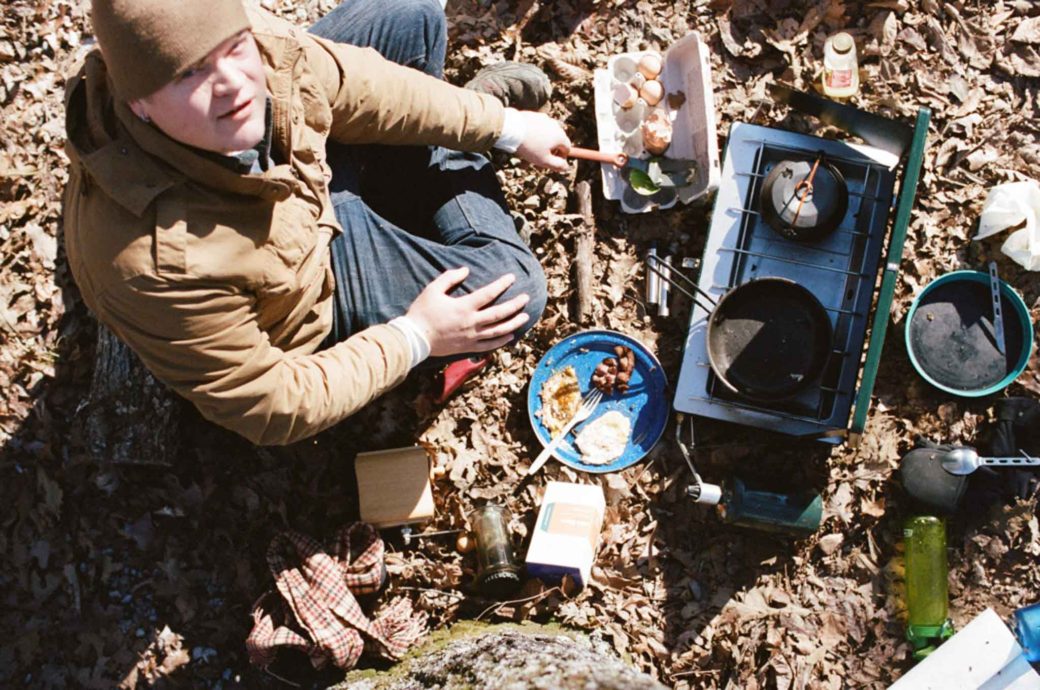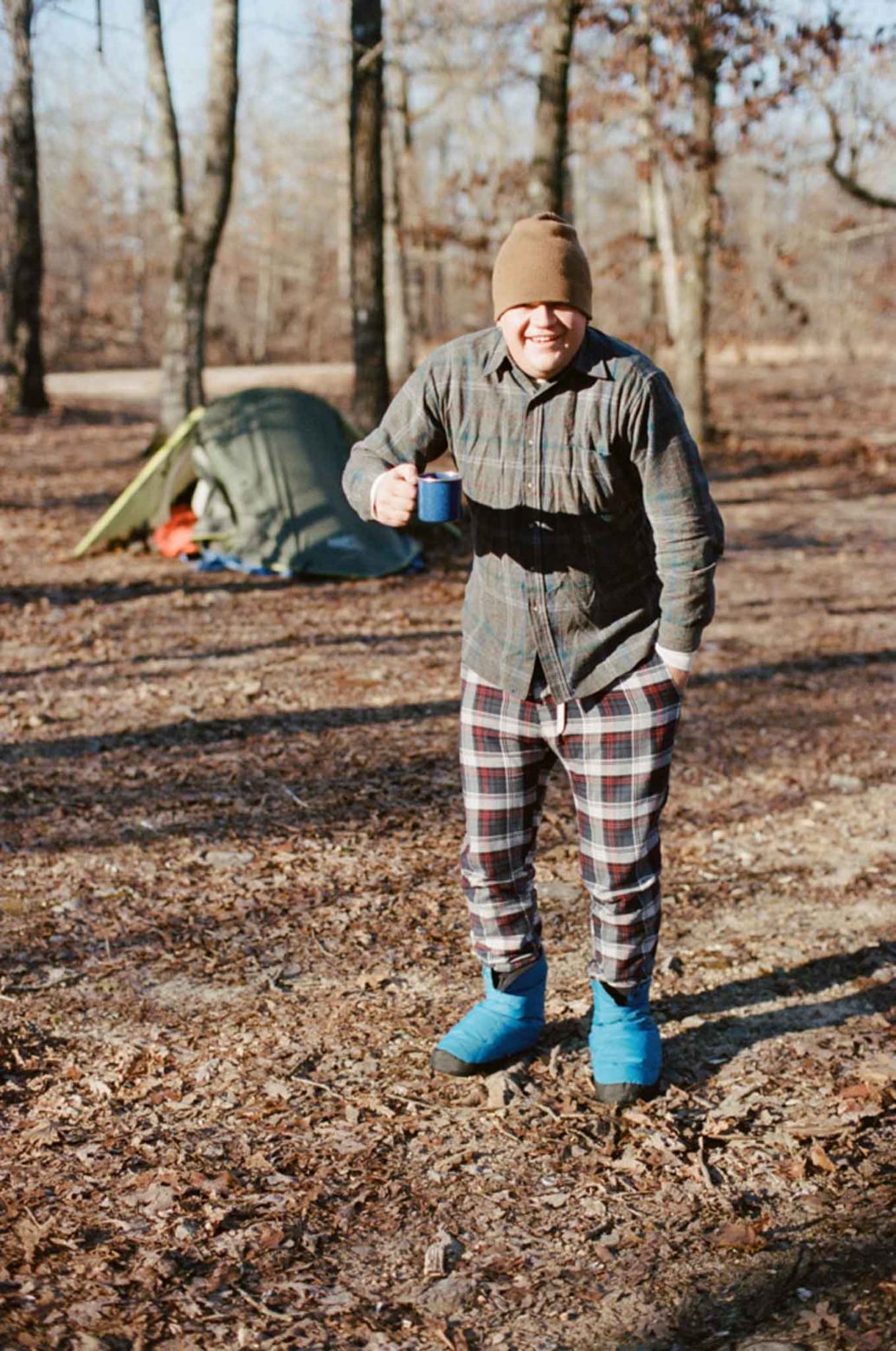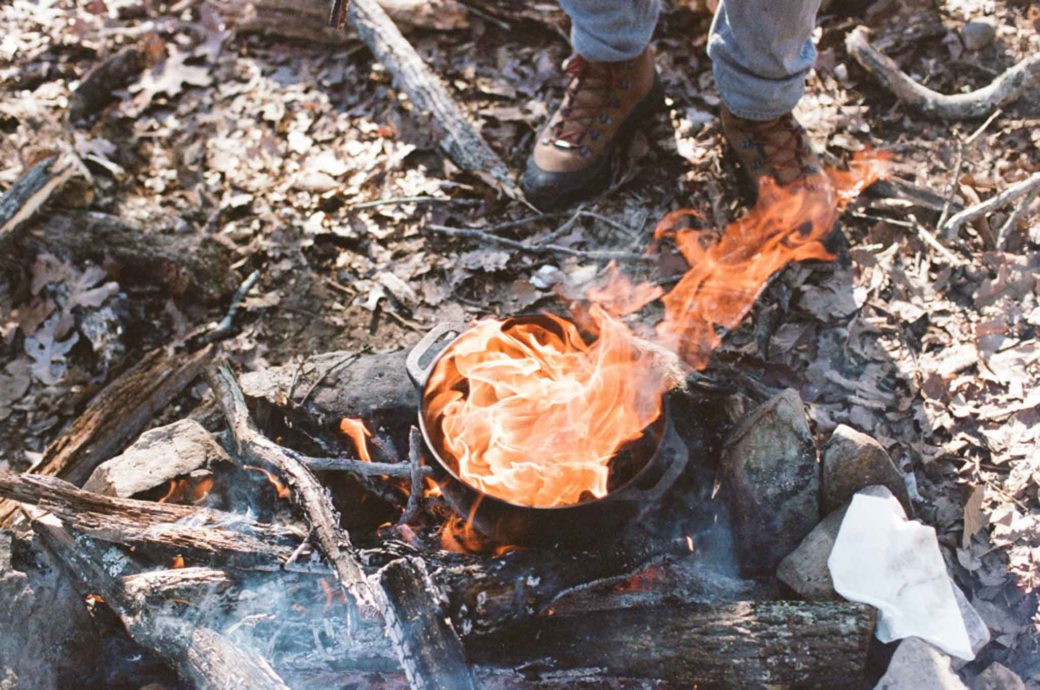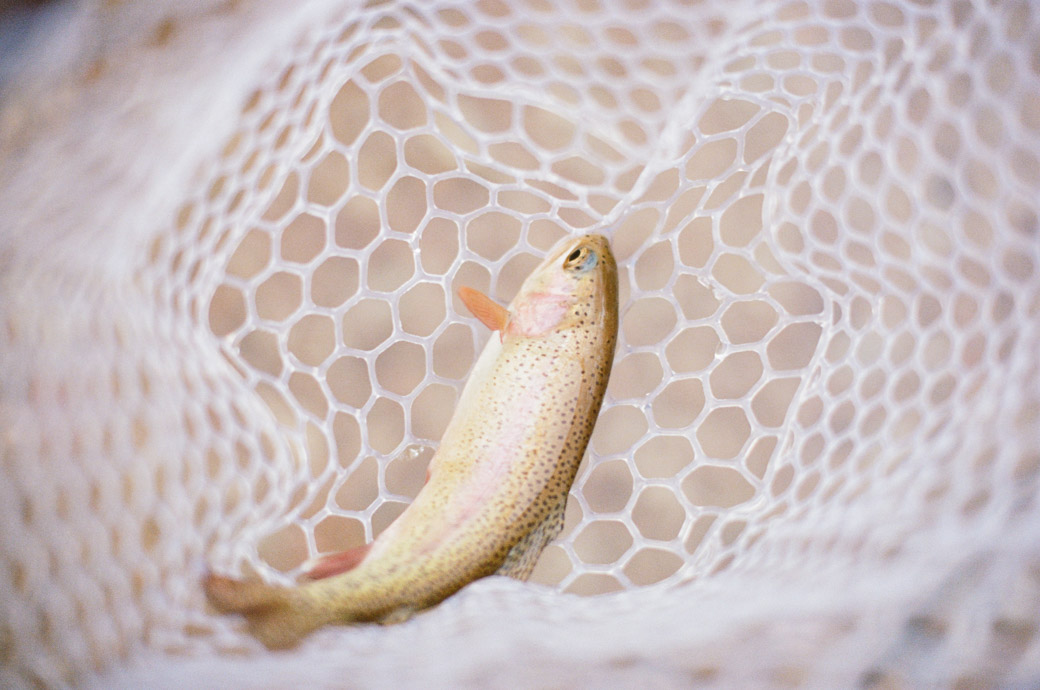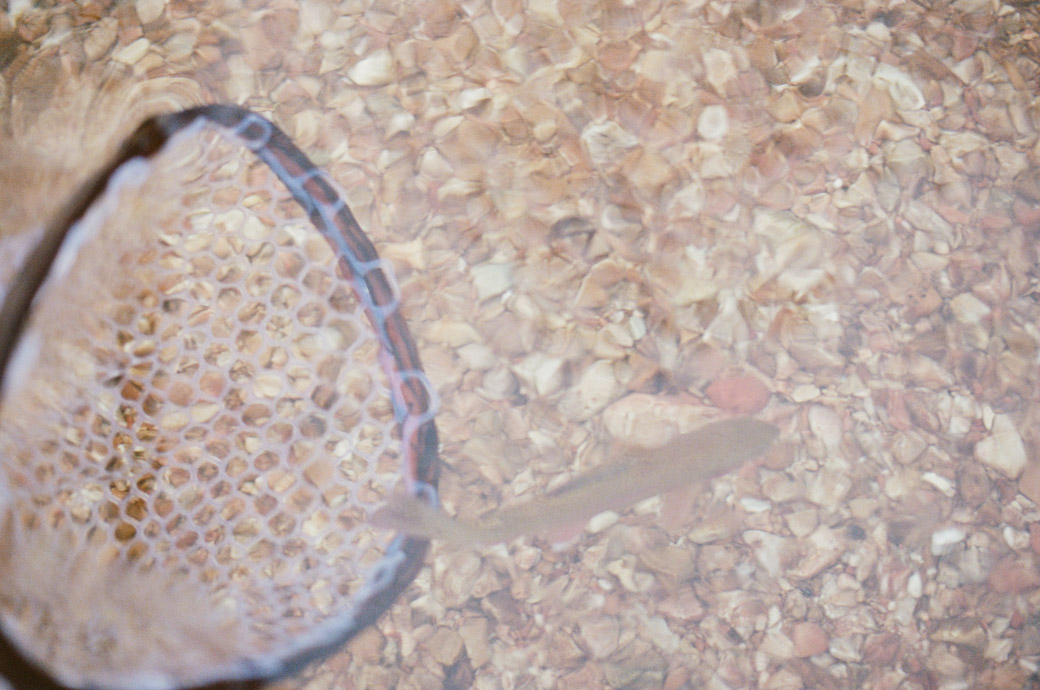Winter in the Ozarks
Trout streams and dispersed camping. Any place that combines the two is our equivalent of striking oil on a weekend escape.
And we assume we aren’t the only folks who have drained hours dredging the bowels of Google for new destinations where trout waters and primitive camping align.
Turns out the Ozarks of northern Arkansas and Southern Missouri holds a bounty of each. The region also offers year-round trout fishing seasons and moderate enough winters to take advantage of it.
Here are a few gems we discovered on a recent three-day getaway within seven hours of Des Moines.
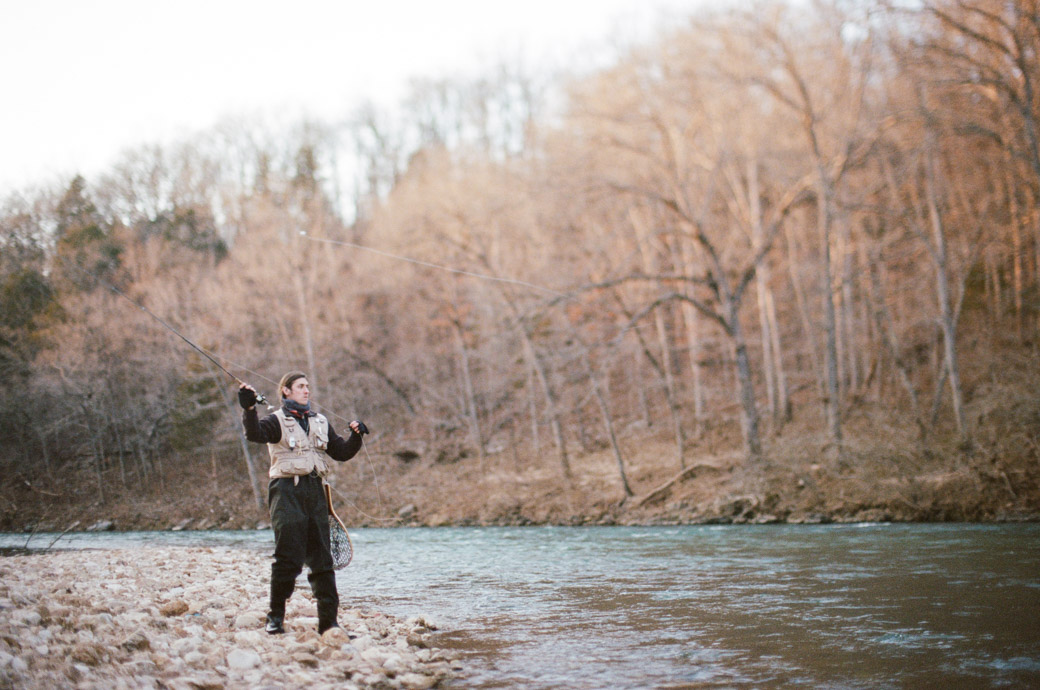
Talk to the local pros at Plateau Fly Shop
 Stopping at Plateau in Springfield Missouri was the best, or at least most critical, decision we made to start our three-day trip.
Stopping at Plateau in Springfield Missouri was the best, or at least most critical, decision we made to start our three-day trip.
The unassuming storefront operates in a strip mall along a heavy commercial stretch of South Campbell Ave. You could take or leave the nondescript exterior, but this place has a heart of gold.
Local angler and guide, Ty, became an immediate friend. Extremely kind, knowledgeable and generous with his time – though we did think to ourselves “no way that’s his actual name as a trout master?”
Ty shared a wealth of info on the stream options in the region and pointed out some hot flies in season. Our chat was especially vital since much of the Ozarks was recovering from major flooding that impacted most of the fishery. He sent us to the most unaffected waterways.
Before you leave Plateau, take an extra 10 or 15 minutes to ask Ty about his crazy adventures hanging with Lefty Kreh and guiding fishing trips into the Caribbean and Latin America.
Need to know: state of Missouri restricts what outfitters can sell fishing licenses, so they aren’t available at Plateau. But there’s a Walmart down the street where you can pick one up.
Noblett Lake Campground in Mark Twain National Forest
 Crucial tip #1 for outsiders: Mark Twain National Forest is not one large forest but a patchwork of forest units and public land spread across southern Missouri. Eight different units make up the forest. We visited the Willow Springs unit for our first night.
Crucial tip #1 for outsiders: Mark Twain National Forest is not one large forest but a patchwork of forest units and public land spread across southern Missouri. Eight different units make up the forest. We visited the Willow Springs unit for our first night.
Crucial tip #2 for outsiders: Although the North Fork River weaves from northern to southern end of the 105,000-acre forest just west of Willow Springs, only the stretch below Rainbow Springs holds trout.
We stayed the night at the small and simple Noblett Lake Campground (which is free and undeveloped), near the center of the forest. Several dispersed sites are accessible by car on paved roads.
We settled into a secluded nook on the edge of an older open woods with plenty of downed timber and an existing fire ring nearby. The trees offered some wind protection – crucial with temperatures dipping into the 20s after dark – and that beautifully-eerie wind whispering that lulled us to sleep. It was nearly loud enough to drown out the howling coyotes in the distance.
Don’t waste your time searching for Blue Buck Knob (and the dispersed camping promised by some online sources) near the intersection of Highway 181 and Highway AP – it’s nonexistent, as confirmed by a forest official.
Noblett Lake is easy to find if you ignore the network of overgrown logging roads off of Highway 181. They lead to nowhere, we learned the hard way.
Access the Noblett Lake Day Use area entrance on the south side of Highway AP, roughly three miles south of the intersection with 181.
The campground itself didn’t appear to get much traffic in general. We had the place to ourselves on this Friday night in January.
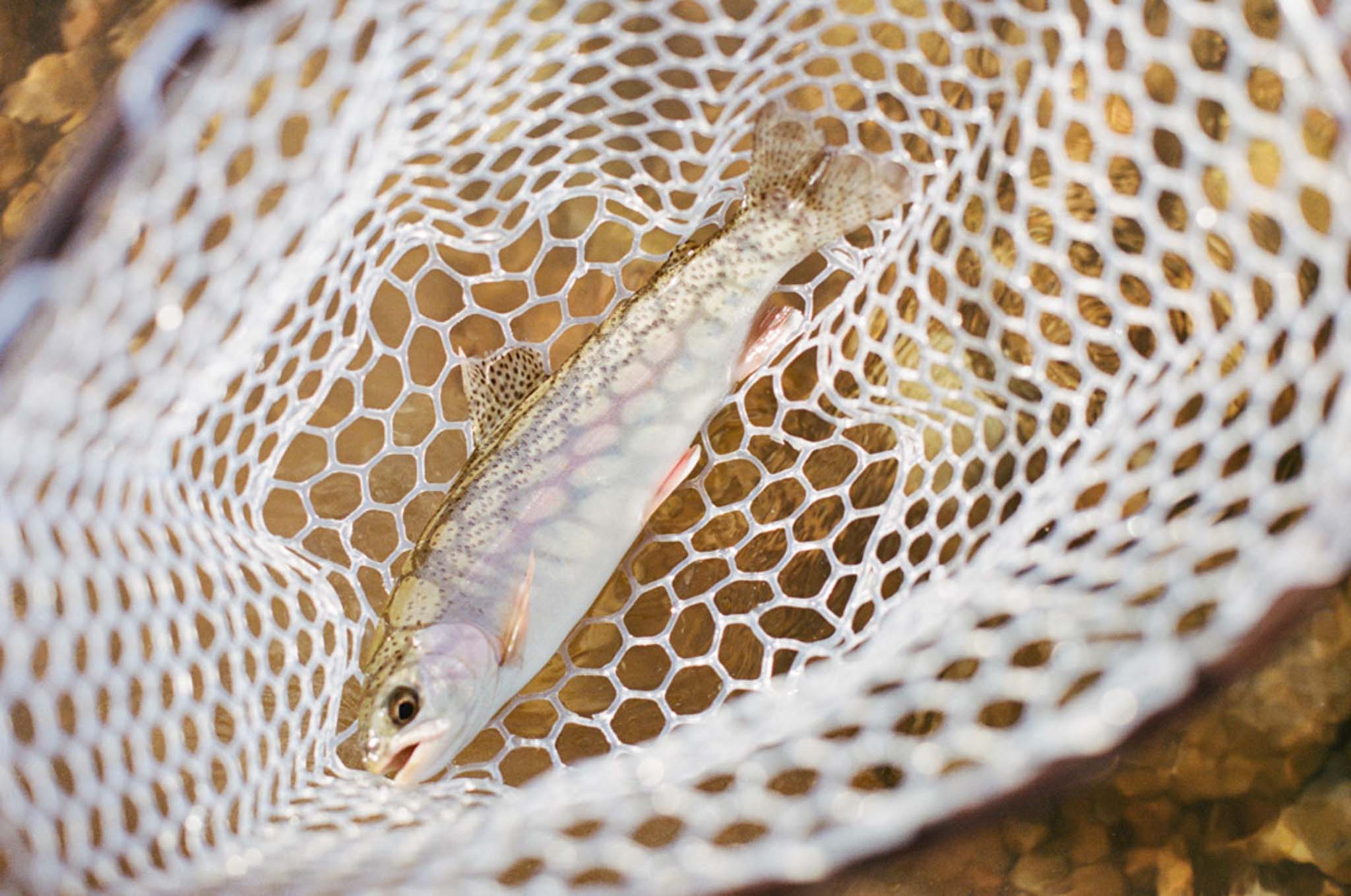
Fishing the North Fork
Trout anglers shouldn’t waste their time north of Rainbow Springs, where the cold-water spring flows in (at the southern tip of the national forest, just southeast of Dora). The Patrick Bridge Access is a great starting spot just south of the national forest.
That meant a 30-mile drive from our campsite in the morning, which was beautiful shortly after sunrise. The journey sent us through iconic rural Ozark landscapes with a mix of private farms and river outfitters and public land.
The Rainbow Springs area and Patrick Bridge Access were well marked with signs after a couple stream crossings.
As we had read, this is a river that anglers often float to tap into its depth and expanse. We opted for chest waders on this trip and found no shortage of fishable water.
The swift current, however, deterred much wading above the hips and kept us along the banks and gravel bars. The trout were slow to bite with minimal hatches and chilly temps (barely reaching the 40s). We only managed to land a few when the sunshine peaked out in the afternoon.
It was a different style than us Iowa Driftless anglers are used to, but we welcomed the learning experience on a larger body of water.
Plus we were just a couple hours away from Crane Creek southwest of Springfield – mostly en route back to Des Moines. That’s where we spent day two, getting our fix of the smaller wading water we’re used to.
Except it also happens to be the only place (according to some) holding a rare trout species that descended from California.
Timothy is an Appalachian-mountain transplant relocated to the Midwest. Year round bike commuting scratches his daily itch for adventure while working at the Des Moines Register. Out of office, he’s typically migrating toward bodies of water, climbing a tree or perfecting the art of road tripping. Learning about people and places lights a fire in his belly. Journalism has sent him into the heart of New York City, through the impoverished streets of Bolivia and across the Nile River in Uganda. He graduated from UNC Asheville with degrees in mass communications and Spanish. Mowgli and John Steinbeck are two of his heroes.
